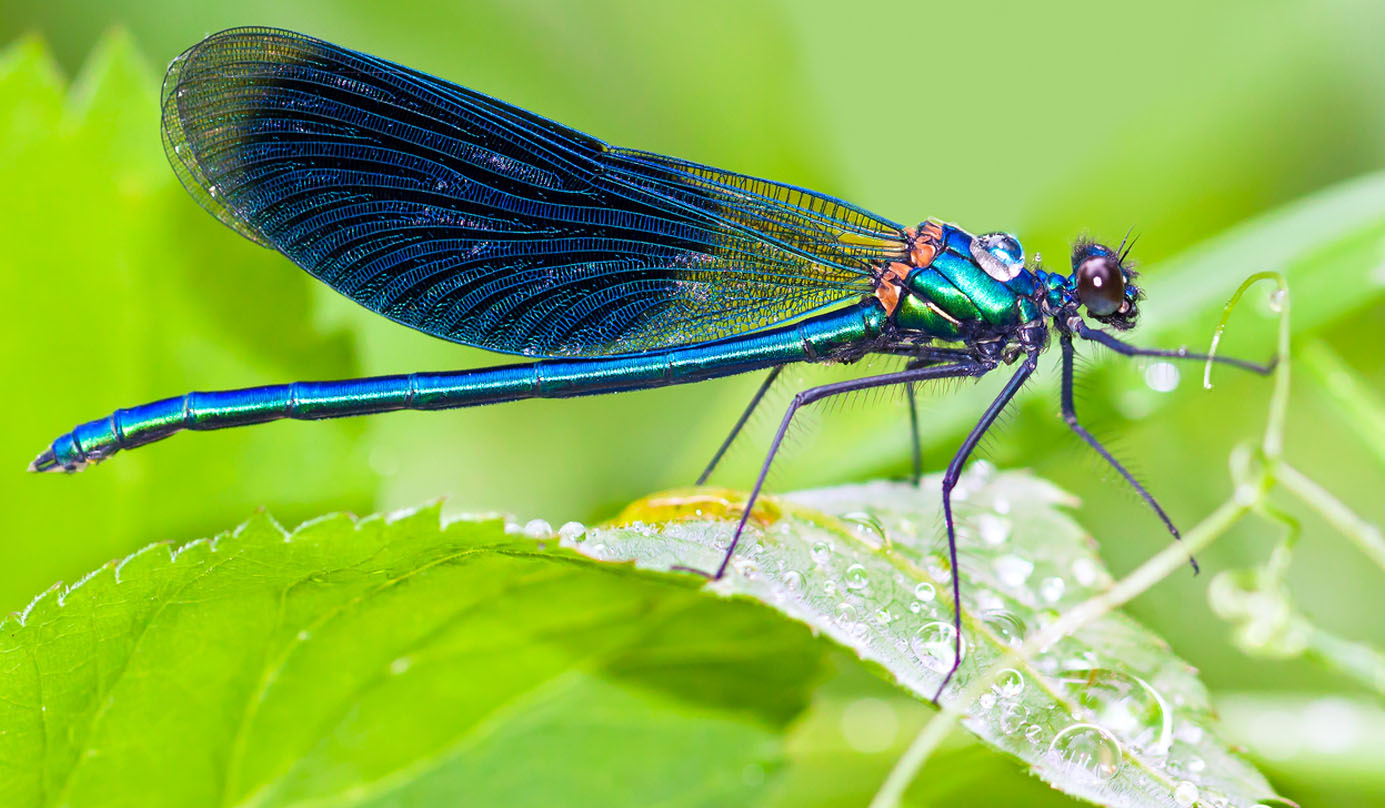
When you think of a predator, what do you think? A lion? A tiger? These are the kinds of animals that kill livestock. Well, not all predators are that big. Some predators are tiny! But don't let their size deceive you; they sure are ferocious.

Many small predators are arthropods. Arthropods are animals with a hard shell and jointed legs. They can be found all over the world. Crabs, insects, spiders, and many other animals are all arthropods.

Dragonflies are arthropods. They are the jets of the insect world. They have big, shiny wings that let them fly very fast. Don't be distracted by their timid looks. They are so good at flying that they can catch prey in the air.

Wasps may look like bees, but there is one big difference between the two. Unlike bees, wasps eat other insects. They sting and bite to kill their prey. They inject venom into the prey. Then, they kill and eat it.

Scorpions are violent killers. Scorpions use their pincers to hold their prey, and then they sting their prey with their long, jointed tail. Scorpions can be lethal. Some scorpions are so poisonous they can even kill a human.

Praying mantises are stealthy. Their front legs have hard spikes to hold prey, so they cannot move. The praying mantis also has good camouflage. It gets close to its prey and then lunges when it is close enough.

Spiders have many different ways of catching their prey. Some spin a web to trap their prey. When the prey gets tangled in their web, the spider bites to kill them with poison.

But some do not need to spin a web to catch their prey. The giant bird-eating spider is exactly as it sounds. Giant! It kills rodents and insects, and yes, sometimes birds.

The giant bird-eating spider does not have incisors, so it cannot eat flesh. It must turn the insides of the animal into liquid and suck it dry.

Cone snails are not like other feeble snails. This type of mollusc is very poisonous. They are found in the sea. To kill, they have a venomous harpoon on their head. The venom poisons the prey. Once it cannot move, the snail opens its mouth and eats it whole.

Cone snails are a danger to humans. Because their shells are pretty, many humans pick them up. They are unaware of the danger within.

The fulmar is a type of seabird. It has a secret defensive weapon that it uses on predators. It creates a special oil in its stomach that it can spray out of its mouth. When it feels threatened, it sprays the oil.

This might seem harmless, but the oil causes lots of damage to predatory birds. The oil leaves the predator's feathers matted and stuck together. They cannot fly. If they cannot fly, they cannot eat.

Small predators are everywhere, but most of them are not bad because they help us kill insects that we don't like. Without them, our world will be filled with mosquitoes, flies, and other yucky pests.